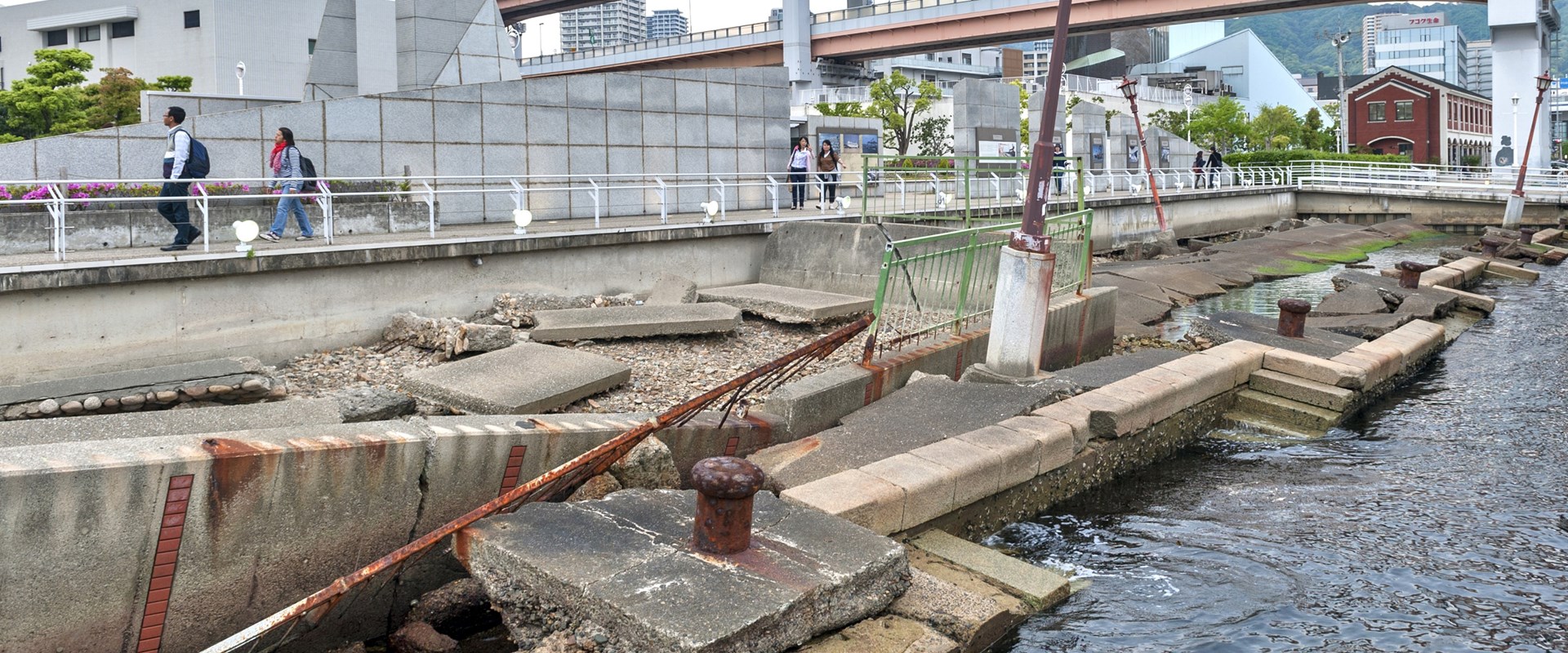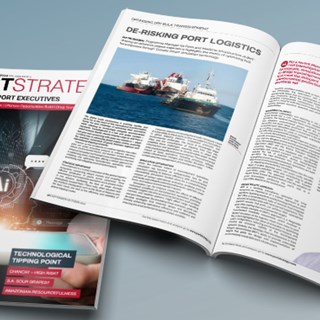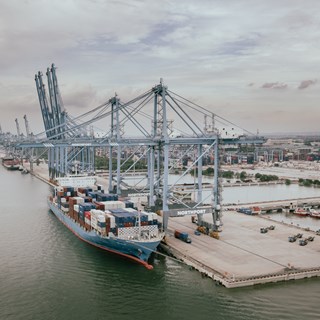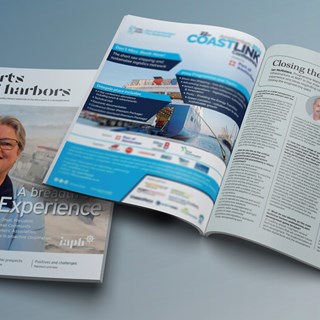Maritime transport is a pillar of world trade and the global economy, and ports are identified as critical nodes in the transport network.
Ports, harbours and terminals are complex and multi-stakeholder infrastructure. A prosperous port, harbour and terminal project unlocks every opportunity offered by the site, environment, and local economy. Therefore, port infrastructure fosters the local economy and world trade.
Numerous articles discuss the topic of age-related deterioration, and they are available from institutions such as Oil Companies International Marine Forum (OCIMF), American Society of Civil Engineers (ASCE), and Ports Australia, which provide different levels of detail on how to inspect and interpret the physical damage caused by age and environment.
To prolong a structure’s useful life, we need to look at its current state and understand its initial design, historical use, future loads, and its environment. Effectively extending a structure’s life is more than just maintaining or regaining its original strength as that may ‘work’, but it is not necessarily an optimal solution.
The structure’s original design may have more redundancy or margin than the safety factor from their design codes only because simplifications are inevitable when we choose how to model a structure. Most of these will be conservative, i.e. lead to a higher ‘real’ safety. Similarly, materials and elements chosen cannot practically be optimised for every individual structure component and therefore also increase redundancy or safety.
Structures are often designed to consider ‘future loads’, be it additional equipment, larger equipment or heavier use for the installation. In reality, this future load may never be introduced, while the structure has been subjected to much more severe use in other cases. Understanding the historical use of the design will impact how we interpret the current state and what is needed to prolong its life.
A closer look at the future usage of the structure should go beyond just its life extension when used under the current circumstance. Technology and the environment are changing more rapidly than most people envisaged. The question of what autonomous vehicles (less differentiated travel paths), decarbonisation-driven electrification (heavier equipment, more ducting), or adapting to higher water levels and waves due to climate change might mean in the next 20 or 30 years of the structure’s life is essential for effective asset management.
Ultimately, this information should be combined into a comprehensive asset model and be the basis of a continuous monitoring and management plan to optimise structural and capital use.
Future planning, as always, requires choices. The actual analysis of the current state and structure modelling is, to some extent, the more specific element. For example, combined with a flexible plan, BMT Deep will allow effective and efficient asset management. By harnessing the benefits of Digital Twin Technology, BMT Deep captures data from tens of thousands of data points anywhere in the world, transmitting these at speeds up to 10 thousand. Hertz/second, enabling you to visualise and track your most valuable physical assets in near real-time, getting up-to-the-minute status reports and helping you make informed decisions.
Like an iceberg that shows only a small part of itself above the waterline, Port Infrastructure is rarely seen or inspected closely. Both structures' size and robustness help decrease the speed of their deterioration. However, without regular maintenance, the damage will still occur and reverting to its original state becomes highly impossible.
Asset management should start before the first crack appears.



